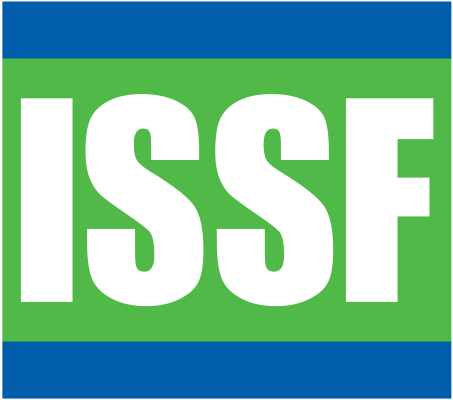Gallery 2.4: Purse Seine Net and Setting
Purse seine net set around a tuna school (Photo: FAO)
The purse seine net (Photo: SPC)
The purse seine net is made up of strips of net. By adding more strips, the net becomes deeper. Similarly, by removing strips, the net can be made shallower. Chains and/or weights are added to the bottom of the net to allow it to sink. Floats are used at the top of net. (Photo: SPC)
Here, the main net is covered under the orange tarp, with the bottom of the net (with the associated chains and purse rings/sinkers) visible. The skiff can be seen in the upper right section of the photograph. (Photo: SPC)
To measure the mesh size of the purse seine net, pull the net taut and measure the distance between knots, as shown above. (Photo: SPC)
Once the net has been set, the fish are harvested from the purse seine using a large scoop net called the "brailer”; several tons of fish are taken on board each time. There are several types of brailers, and some are shown above. Where possible, it is important to note the brailer type and capacity. (Photo: SPC)
Here, the power block is hauling the net. (Photo: SPC)
Ready for brailing (Photo: SPC)
Brailing process (Photo: SPC)
Brailing process (Photo: Jeff Muir)
Brailing process (Photo: SPC)
Old-style brailing (Photo: SPC)
Spanish-style brailing (Photo: SPC)
Modified Spanish brailing (Photo: SPC)
Below the deck, the fish are sorted into wells. (Photo: SPC)
A typical map of wells in a tuna purse seine vessel (Photo: SPC)

